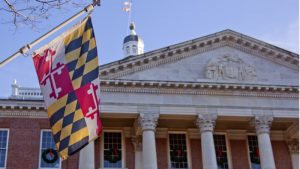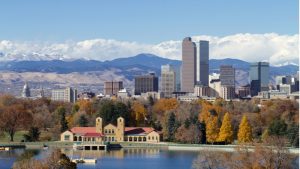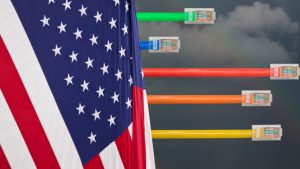While the Biden administration is pushing hard to increase broadband service access across the country, the White House needs to come up with a national strategy to do so on tribal lands where broadband access has traditionally lagged, the Government Accountability Office (GAO) said in a new report.
Maryland Gov. Larry Hogan has announced more than $127.6 million in broadband grants for local jurisdictions, Internet Service Providers, and community organizations, as well as education-specific grants that will expand infrastructure and provide wireless devices and equipment to Maryland’s K-12 students.
Federal Communications Commission Chairwoman Jessica Rosenworcel has put the agency’s wheels in motion to consider a four-fold increase in its definition of internet service speed that qualifies as “broadband” service.
Colorado is launching a new grant program to support broadband expansion and modernization through the deployment of more than $500 million from Federal programs to broadband infrastructure projects to bridge the digital divide.
There’s no “right” answer to that question. But there is plenty of vital broadband data results in store for the state through its June 21 call for Florida residents to test the speeds of their broadband services, and at the same time contribute broadband service mapping data that the state can use to help identify opportunities for service expansion.
States have a big opportunity to provide internet service to millions of unconnected citizens people with billions in broadband funding provided by Congress in bipartisan infrastructure legislation, but states have a lot of work to do to make the most of the funds, according to a McKinsey & Co. report released on June 7.
The Federal Communications Commission (FCC) on June 9 committed over $244 million to the Emergency Connectivity Funding (ECF) program to help close the “homework gap” for students that don’t have access to reliable broadband service and devices.
Amid an overwhelming and fragmented amount of broadband programs, the Government Accountability Office (GAO) is calling for a unified national broadband strategy.
The Department of Commerce’s National Telecommunications and Information Administration (NTIA) announced that 34 states and territories have officially signed on to participate in the $45 billion “Internet for All” Initiative, NTIA announced.
California has awarded several new contracts that will supply the materials necessary for building 3,000 miles of broadband infrastructure, taking the state one step closer to delivering affordable high-speed internet service to communities throughout California.









